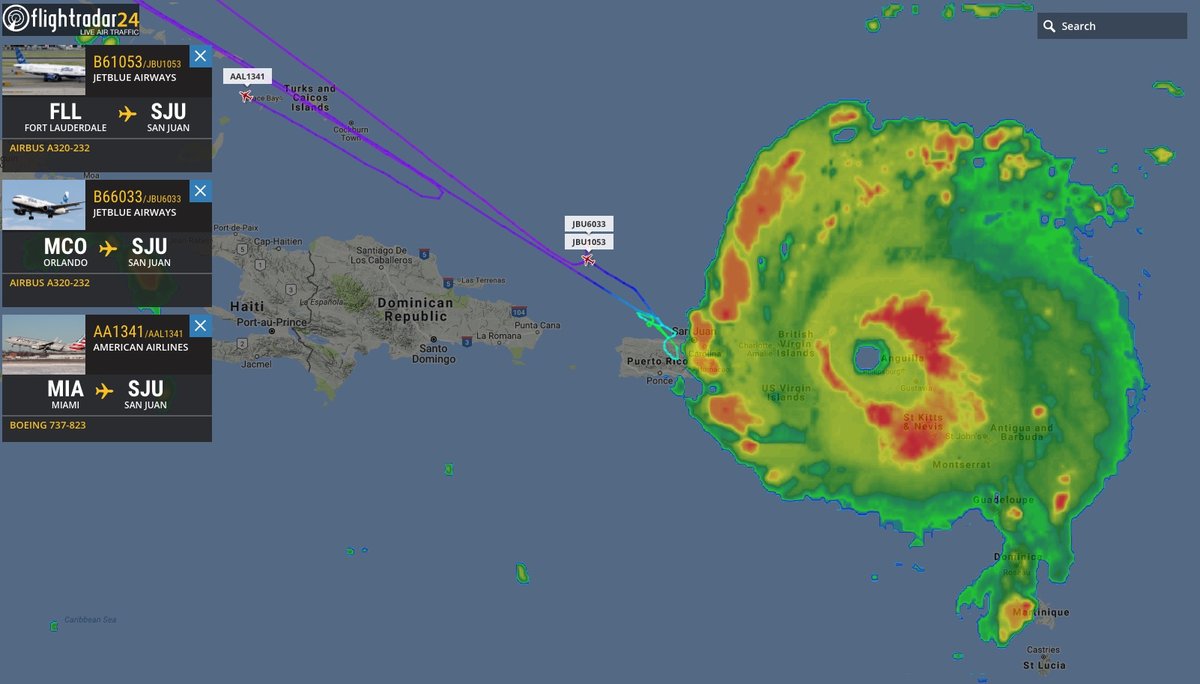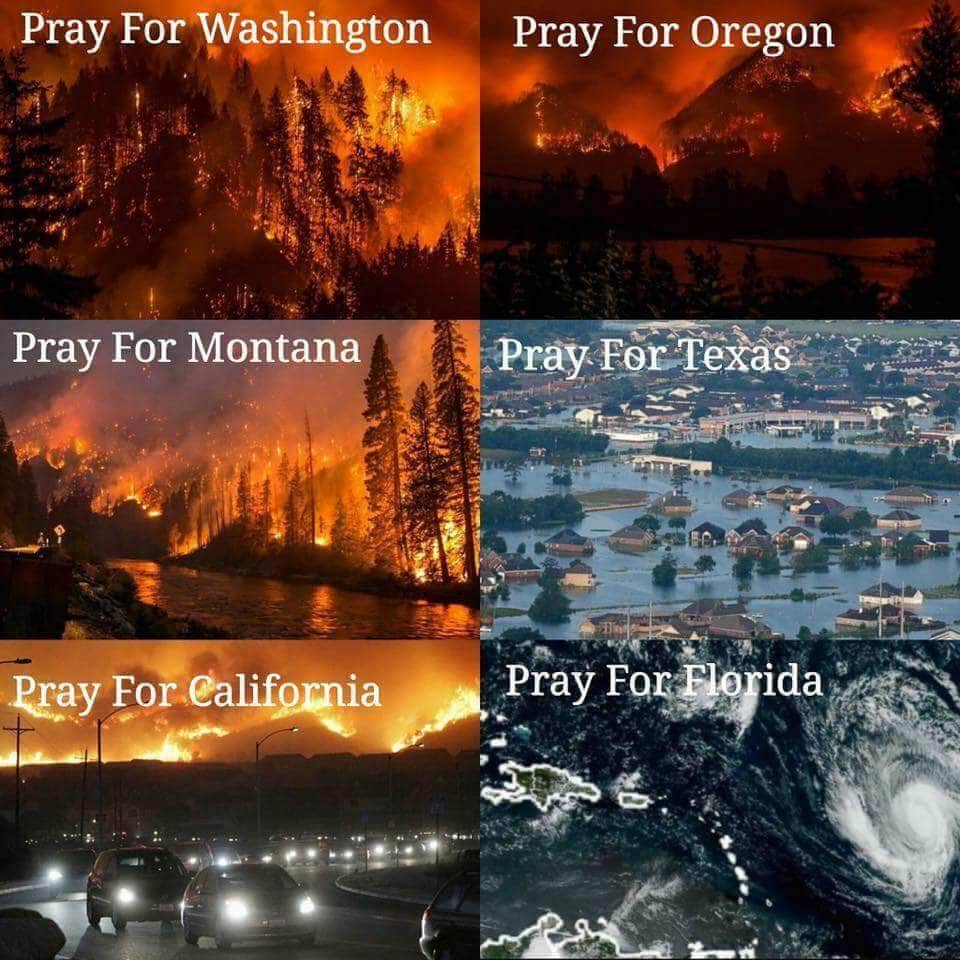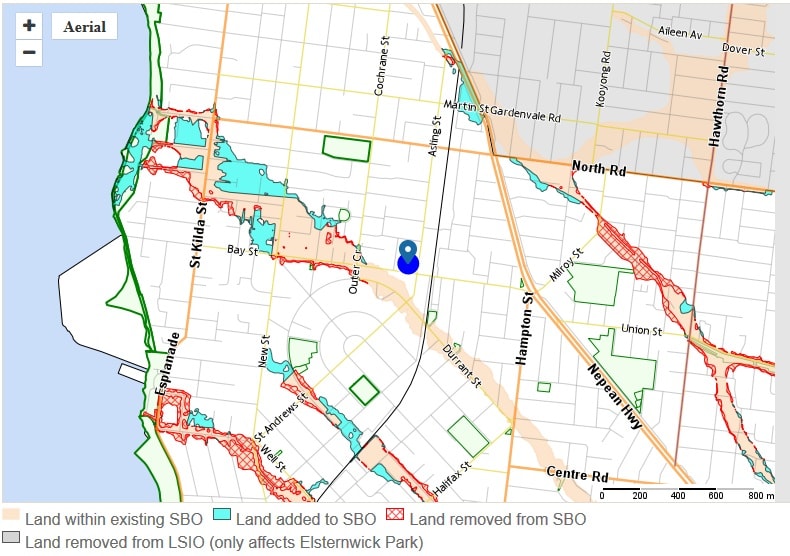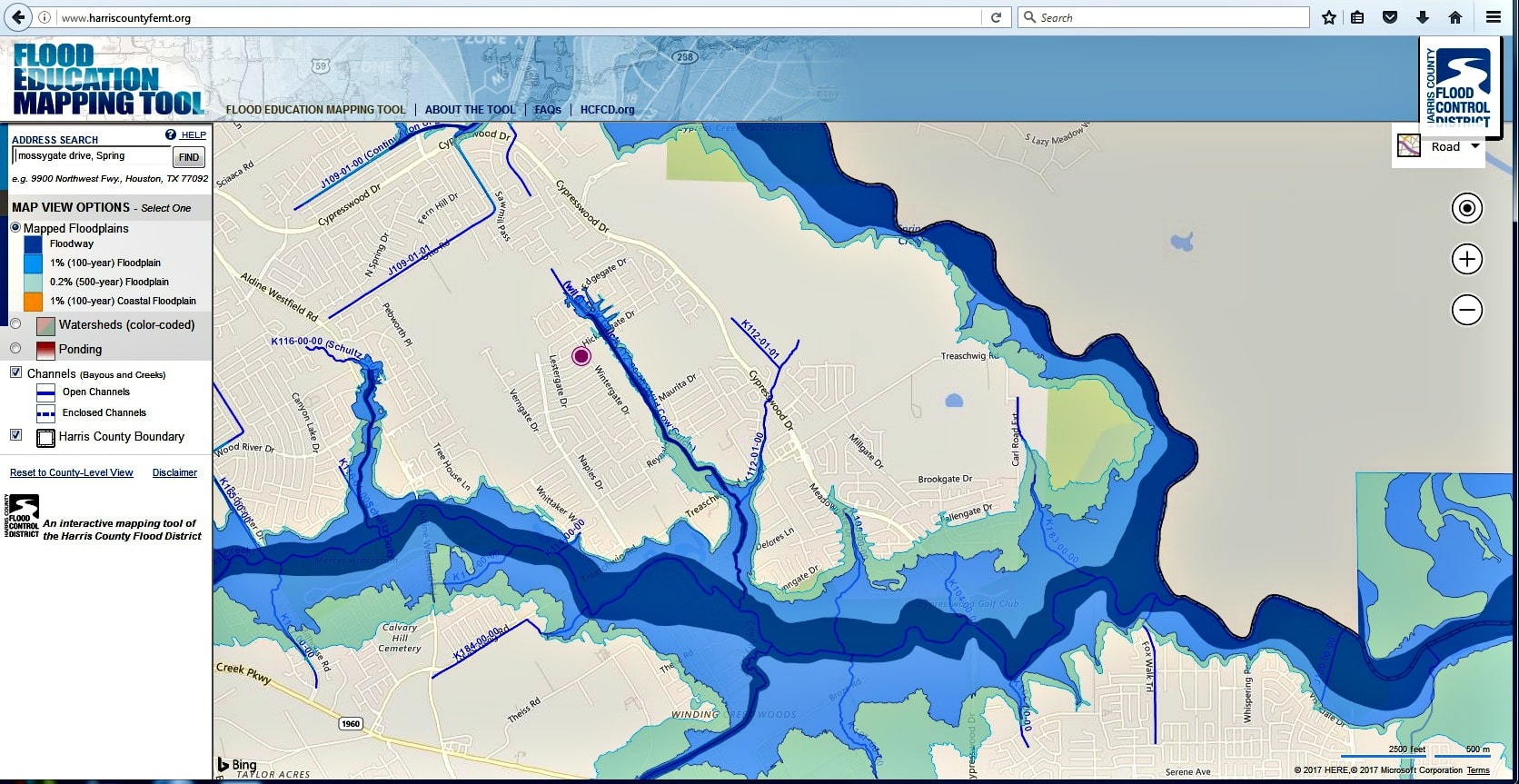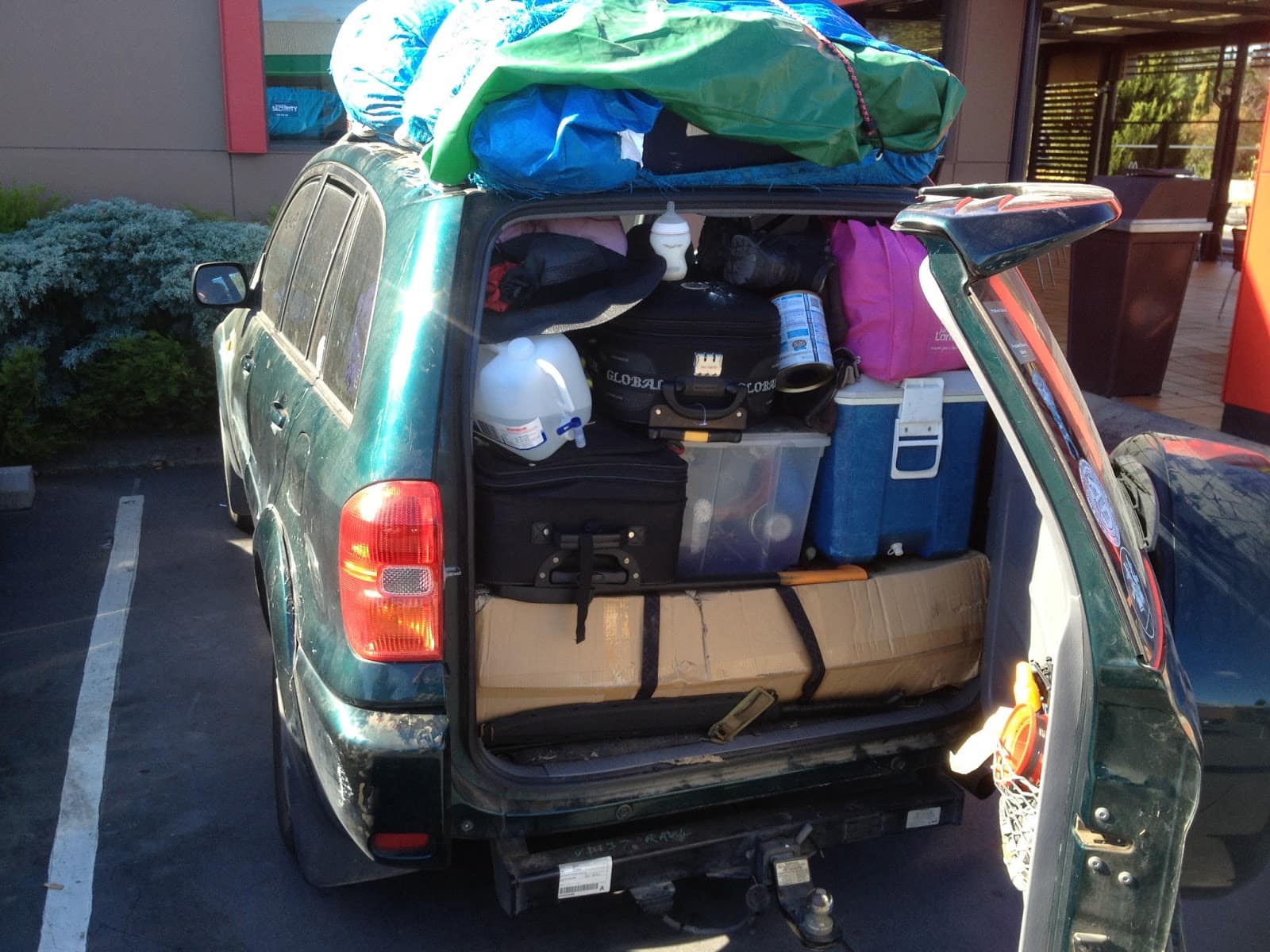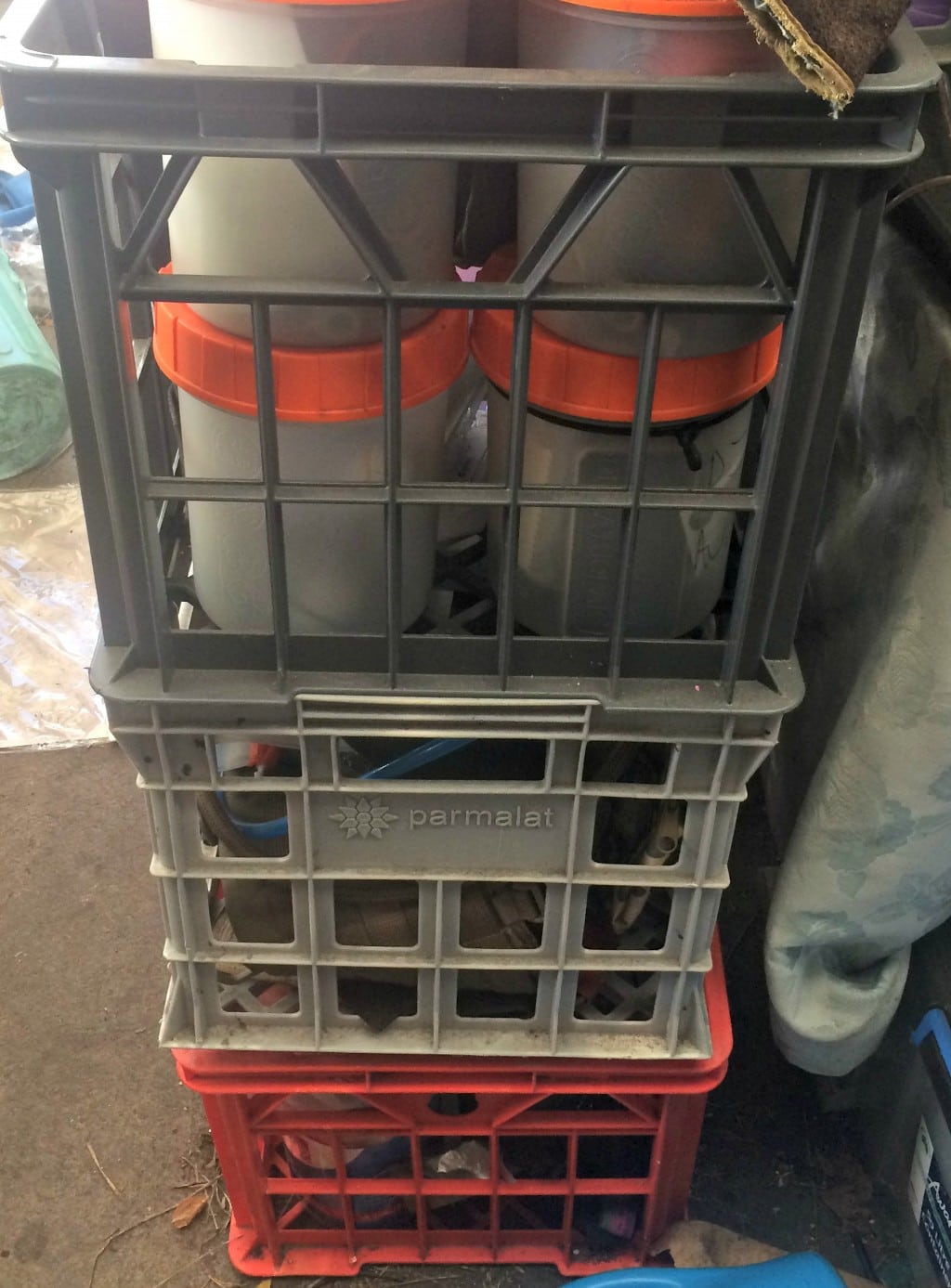Going back in time for a bit, I went back and reviewed my old LiveJournal (June 2003 - September 2017) and found this gem I thought I'd share here too. Written in 2003, in the halcyon "before times, pre-Covid, pre-"The Walking Dead", I pondered what to do in a "28 Days Later"
style disaster, in two parts. Much has changed in the 20 years since I
first wrote this. I have two children now, and the very world has
changed. Here are my un-edited "long term plans"Circa 2003. Enjoy.
Short term plans post here:
LONG TERM PLANS
been a bit too busy to do much more on this until now, I had a good talk with
 arcanumveritas on the topic too . .so here goes
arcanumveritas on the topic too . .so here goesHigh security habitation:
as noted originally, I would go for a construction site (say a five of six story office building or some such), which I could easily modify to be "skilled climber only" access (once again assuming the zombies can't climb, only scramble.
This site could be readily fortified in the long term, (lots of raw materials and equipment just lying around. My ideal site would have a couple of buildings neighboring, from which a rope traverse could be strung (a two rope bridge - one for the feet, one for the hands), again working on the premise that the zombies can't cope with the skill needed.
Another feature of building sites are the region of clear ground surrounding them, generally, there needs to be room for all the equipment and material drops, so this leaves a pretty good killing zone around your encampment. Equipment keys may be found in the site office, as would plans and such. Having multiple redundant escape routs means that if you are chased home, you can get up either by your main route, or by any of the rope connected buildings on either side.
Hurricane fence around the site would be a plus (solid walls might be bashed down, but the flexi links would give more than break) it might be necessary to cross truss the poles of the fence to better brace them (another good point about hurricane fence is that it is see through, and you can shoot or spear through it without damaging it overly). Again, camping and adventure stores would provide ropes, slings, pullys and the like.
Ground floor should be cleared of all heapable debris, as should all the walls of the structure. First floor should be fortified with more hurricane fence and have noisemaker alarms (snapable twine tripwire holding a can of nails off the roof - I know this works, I’ve used it) around access points. Barrels of fuel or other pyrotechnics (like home-made napalm) could be tipped on approaching zombies, or even set the whole floor on fire - concrete doesn't burn too well, and you needn't set fire to the world, just enough to cook some zombie-ass.
Second floor should be barricaded but could be used for supplies (why would you want to haul stuff higher than you need to, except what was at risk from a "scorched earth" attack see above.
Habitation could be on the third floor (or other floors as long as there were a couple of roofs above you for heat retention in winter and coolness in summer. By lashing planks to concrete support beams it would be possible to nail heavy plastic sheets to enclose areas, making rooms out of bare floors. (Drilling concrete is hard to do right, and no power to drive your electric masonry drills either . . .)
Wood fires in 44 gallon drums for heating (in ventilated "rooms" - duh) to conserve bottled gas for cooking and water purification. Sanitation by over-the-edge-dunny, just like in castles. Sponge baths and retaining "grey water".
Personal Protection Equipment:
As previously stated; waterproof (gore-proof actually) rugged gear like motorcycle leathers and racing suits, motor-cross armor and helmets, 3mm wet suit, respirator/face-mask, gloves and such. In the long term, you would want several full sets, for yourself (replacements) and for any and all survivors you come across.
Industrial containers of cleaning products wouldn't go astray.
Weapons:
As long as there are zombies in your area, there are going to be risks, and after a while, "culling" may prove to be worthwhile (once you are established and secure). Assuming you are not directly competing for resources (-do- the zombies eat or drink?) they still want to kill -you-, and will not stop trying. But you have the use of your thumbs, and long range firearms. Raiding the few rifle stores in the city, police stations and maybe local army barracks might yield some more firearms, and whilst I would keep my shotgun and sword handy at all times, you could do with some rifled weapons to pick off zombies at range. By setting up a killing zone somewhere (not near your habitation, you don’t want to advertise) again, a raised secure location, with a clear field of fire, you could draw the zombies to you; car horns explosions, yelling, etc and pick them off. The risk is of course being overwhelmed. Several fall back positions are essential, as is not only a supply of easy to access ammo, but also of weapons, in case of jams and fouls, just ditch it and grab another - you can always get it back later, its not like they are going to steal it . . . )
Military hardware might be an option if you know where to get it, and there is anything you can use laying around.
Home made explosives and pyrotechnics would likewise be good if you know how to make them (I can do some) but may be just too difficult to use effectively.
Traps around your area (sign-posted for any survivors who stumble into your area [zombie’s cant read]) would also be good; deadfall, pits, spikes (swinging and emplaced). No need to go non-lethal, that will just end in catching a loud zombie, who will bring more friends, and wreck your trap.
Transport:
Likewise, i'd stick with the diesel flat-bed truck i initially proposed, unless i came across an army UNIMOG or ASLAV
and again; stockpile spares, fuel and another vehicle.
 arcanumveritas suggested that when traveling, coasting the last 500m (as best you can) before stopping and getting out of your vehicle would enable you to arrive without alerting the zombies.
arcanumveritas suggested that when traveling, coasting the last 500m (as best you can) before stopping and getting out of your vehicle would enable you to arrive without alerting the zombies.Having a boat might also be of some use, its a mobile habitat, and could move you to one of the islands off the coast, but you would have to see if zombies could swim first to check whether or not that would aid you overly. Similarily any of the big ships in the harbour would make quite the prize, once any gang-planks were knocked down, and ropes were made secure (keeping zombies off) but big ships require crews and skill to move. But they would be nice and secure to live on.
Supplies:
Venturing out would probably be the most dangerous task a survivor would face, and should be done as infrequently as possible, and be done as prepaired as possible. Mid morning departures and late afternoon arrivals avoiding dusk and nightime travel, when not only the zombies are more active, but also visability is lowest. Securing the exit point would be the first step, either by leaving as quitely as possible, and resecuring the perimiter defences, or ifthere are zombies in the area, by killing them off as quickly and efficently as possible, and leaving rapidly. This would leave your compound exposed, and would require patrolling of the interior upon your return, which, would take time, so would by necesity cut excursion time, to allow for daylight search time.
Once local supplies had been exhausted, it is likely that further and further travel would be needed to reteive supplies. By avoiding major routes (Highways and Freeways) which would probably be clogged with abandoned cars you could still reach suburban shopping centers. Backing up the truck, and loading packaged goods in bulk directly from store-rooms would be quick and efficent. Once local and suburban supermarkets are exhausted (which would take some time) the outlying supply depots would be next in line. By collecting supplies in bulk (keeping in mind a balanced diet, as best you can with tins) you would be able to supply yourself for quite some time with a couple of truckloads. Likewise army bases (if you can get to them) would be filled with all kinds of goodies. However, raiding large greeneries may well supply you with garden vegatables and fruits-trees, which you could populate your upper floors with, giving you a source of fresh vegitables, as would orchards and the like, there are several only just out of Melbourne. You might even collect livestock from the proximal farms and bring them back either live, or as fresh meat.
Hopsitals have supplies of medication, saline, and surgical gear, but most of the pharmesuticals have short shelf lives and many need to be chilled.
Community:
Ok, so now io get to address the "save the girls from the college dorm" suggestion
 taavi made, untill i was situated, i wouldnt go looking for other people, no way in hell. But once settled, it would be worth while. In fact, very worthwhile. An extra set of eyes means extra security, be it on an excursion, or while constructing defences (long, hard and noisy) and if nothing else, for the community of it.
taavi made, untill i was situated, i wouldnt go looking for other people, no way in hell. But once settled, it would be worth while. In fact, very worthwhile. An extra set of eyes means extra security, be it on an excursion, or while constructing defences (long, hard and noisy) and if nothing else, for the community of it.Rescue:
(more to follow)







































